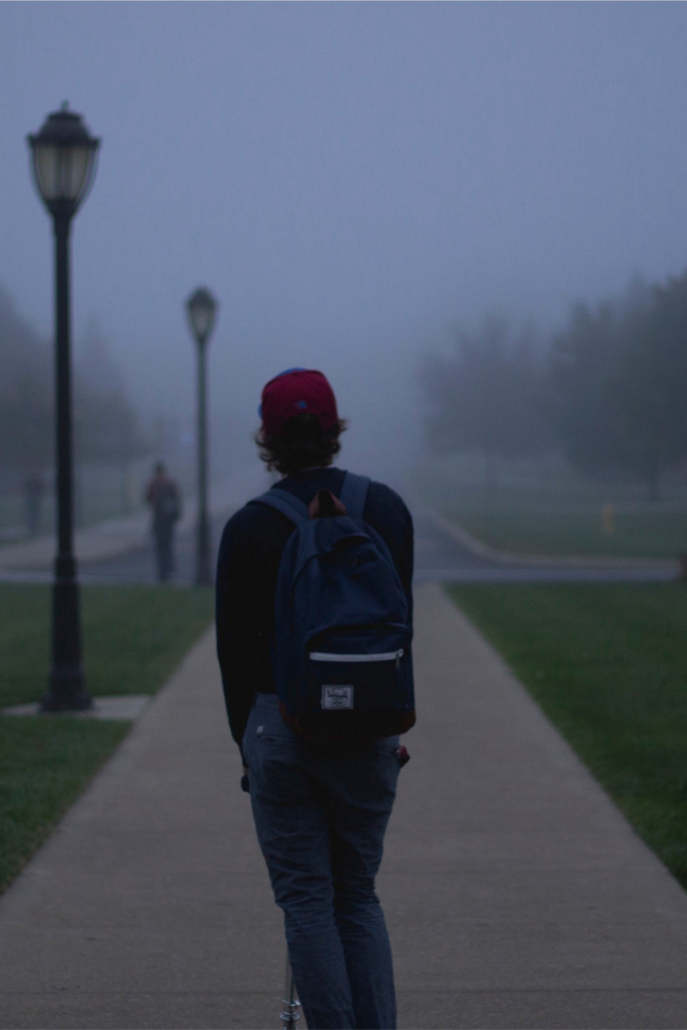Meaningful Support for Autistic Students with Behavior Imaging
(updated and reposted from August 2016) Starting school presents a number of challenges for any child, including resuming ‘normal’ life after a once-a-century pandemic. Unfortunately, children living with autism are often given fewer options in the classroom. As autism prevalence rises, resources in the educational system can fail to meet families’ needs. Families in rural communities are often unable to connect with expert clinicians. And families in urban communities are faced with long wait-times and lack of timely access to diagnostic and intervention services. Behavior Imaging seeks to introduce more options for students living with autism through remote behavior assessments. Two recent studies by Emory University School of Medicine and CAIU (Capital Area Intermediate Unit)
employed Behavior Imaging’s technology in the classroom. We’re hopeful that the clear and simple evidence of meaningful outcomes from these studies can make all the difference for both students and families.

Emory School of Medicine’s Center for Leadership and Disability Study
Teachers who don’t have immediate access to expert clinicians face difficulties when serving the behavioral needs of their autistic students. The Emory School of Medicine’s Center for Leadership and Disability recognized the growing potential for web-based video sharing technology to address these difficulties. The school launched a study to determine the feasibility of using Behavior Imaging’s technology to conduct remote behavioral assessments. Five students (ages 7-13) and their respective special education teachers participated in the study. These teachers were able to record video of their students’ behavior using our secure, HIPPA compliant Behavior Connect™ website. Clinicians then viewed, analyzed, and tagged video evidence. At the end of the process, clinicians provided teachers with a report of assessment and treatment recommendations. Not only was the overall study successful, there were reported cost-benefits as well. Savings were approximated at 40% according to the final results. We’re thrilled that the outcome of this study allowed for more potential ease between students living with autism and their teachers.
The CAIU Study
CAIU’s study addressed a slightly different need using the same components. Behavior Imaging’s technology was used to facilitate inclusion for students with autism and behavior challenges. Paula Kluth writes about the inclusive classroom in her book, You’re Going to Love This Kid!
“If students will need specialized supports to succeed academically, then teachers need to see the learner functioning in the inclusive classroom to know what types of supports will be needed.”
In a two-year pilot study, CAIU implemented Behavior Technology in a series of classrooms to facilitate inclusion between teachers and students. Their defining need was as follows,
“The reduction of frequency, duration, and magnitude of severe behaviors is critical in order to increase the inclusionary opportunities for these students as well as movement from more restrictive to less restrictive educational environments.”
Behavior Imaging Systems were employed to both accurately assess severe behaviors in autistic students, and to identify replacement behaviors while developing effective Positive Behavior Support plans. The study’s outcome saw a solid decrease in aggressive behaviors from a specific student living with autism, as well as cost savings of nearly $1300. What’s more, users found the technology adoption of Behavior Imaging tools overwhelmingly simple.
A Meaningful Tomorrow
Though both studies target a different need, they also point to the same hopeful conclusion. Providing support for autistic students, no matter the level of education, is vital. Empowering their teachers with simple and effective tools is just as important. Whether providing an accurate diagnosis or finding ways for inclusion within the classroom, Behavior Imaging always strives to provide the meaningful outcomes for those supporting children living with autism. We’re confident that these two studies provide a positive way forward for teachers, families, and students.
Sources:
https://www.readingrockets.org/article/supporting-students-autism-10-ideas-inclusive-classrooms




